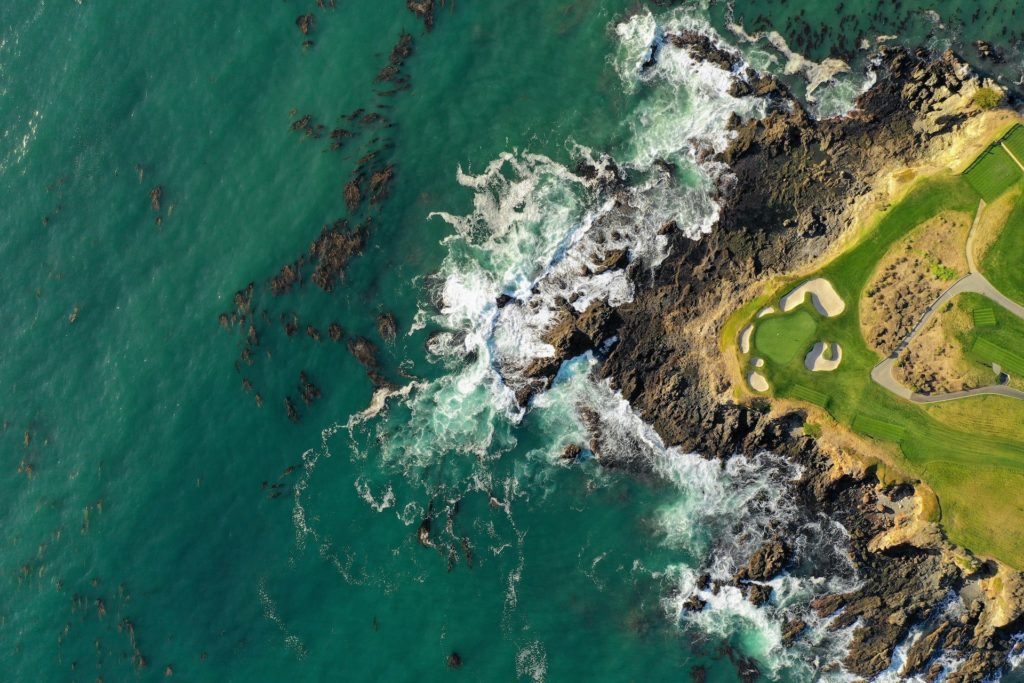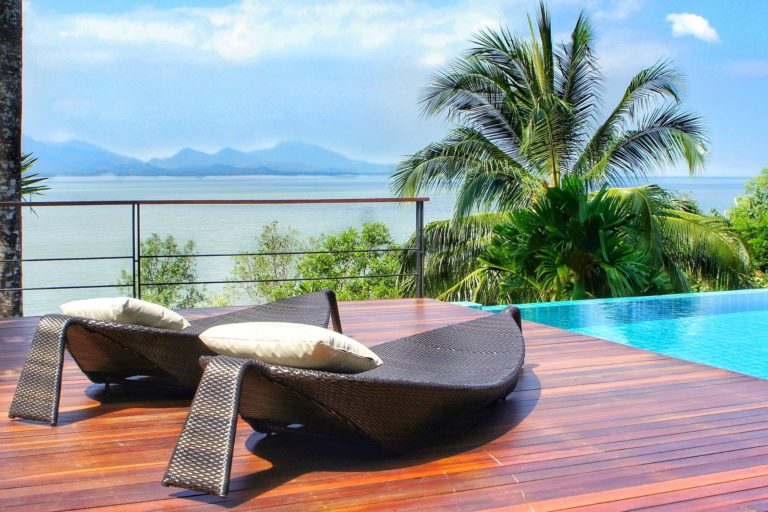
Golf is experiencing a promising transformation, driven by a new generation of younger and more environmentally aware players looking for sustainable Spanish golf clubs. With 297,378 of the 298,959 registered golfers in Spain being amateurs, the sector is gaining momentum. The Royal Spanish Golf Federation (RFEG) is particularly optimistic, noting that the sport is enjoying a resurgence and has seen a steady rise in licenses over the past five years. This growth signals a positive shift from previous declines linked to economic downturns and a lack of generational succession.
Customizing Courses for New Golfer Players
The modern golfing landscape is increasingly characterized by younger players and women, each with distinct preferences. Young golfers seek to challenge their skills and socialize in open-air settings, while women are drawn to clubs offering family and couple packages. The COVID-19 lockdowns in 2020 highlighted golf’s appeal as a low-intensity sport, with young professionals embracing it as an ideal way to stay active and reduce stress. According to RFEG data, the 82,077 female golfers in Spain represent 27.6% of all licenses, a significant percentage for which an increasing number of specific tournaments are being organized.
Spanish golf clubs’ designs are also evolving to meet these new profiles. The nine-hole par-3 course is gaining popularity due to its shorter playtime compared to traditional courses, attracting younger players who prefer brief rounds over full-day play. This design also addresses economic considerations, as a nine-hole course, in contrast to the standard 18-hole layout, minimizes land use and reduces maintenance costs.
A Focus on Sustainability
This shift also connects with environmental concerns. The perception that golf courses are unsustainable continues among those who view them as threats to local ecosystems. In response, golf clubs are making significant efforts to demonstrate their commitment to the environment, such as using recycled or desalinated water for irrigation. According to data from the Spanish Association of Golf Courses, 70% of golf courses use non-potable water sourced from rain or the sea.
Further initiatives to minimize environmental impact include creating natural corridors to support local wildlife, planting drought-resistant grasses, and eliminating chemical fertilizers.
Increasingly, players are on the lookout for sustainable greens, packages that meet their expectations, and rounds that fit their schedules. In response, modern Spanish golf clubs are advancing personalization strategies and discovering innovative ways to make golf course planning more attractive and cutting-edge in terms of sustainable practises.



